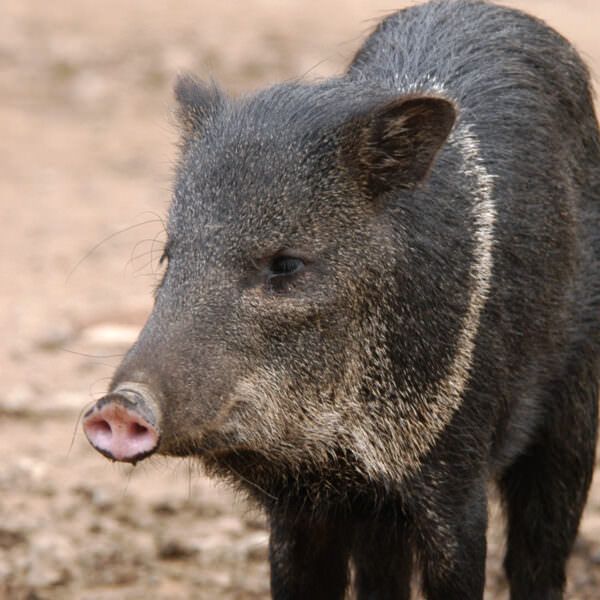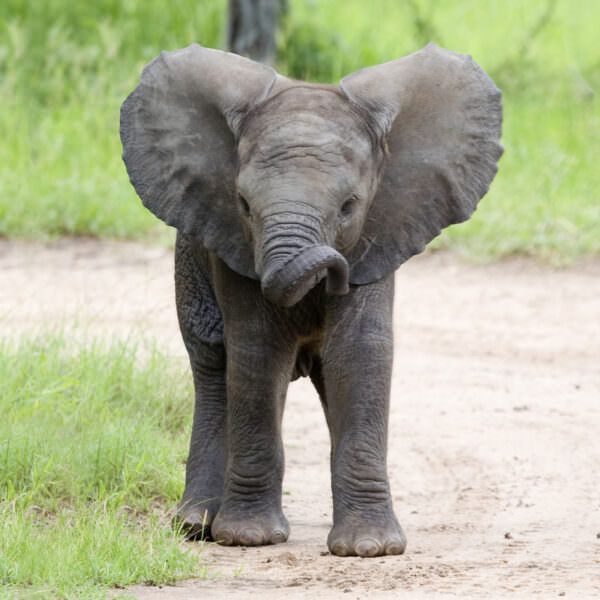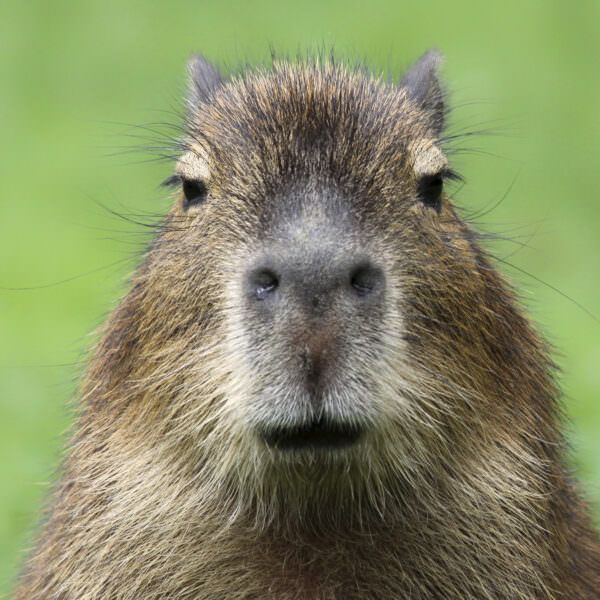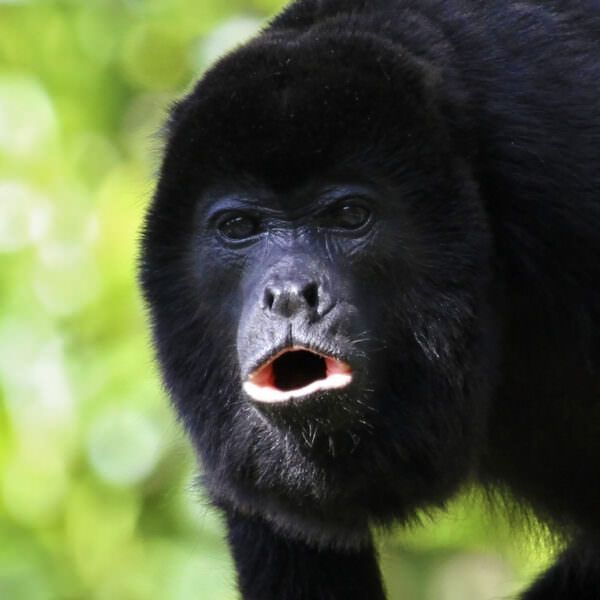Anatomy
The white-tailed deer is an animal that almost all of us in the United States are familiar with—we’ve seen them in our backyards, in the woods and even along roads. The Yucatan white-tailed deer is reddish-tan in color, with gray along its chest and white on its throat, inner thighs, abdomen, and underside of its tail. When threatened, they flip their white tail straight up to signal danger to others. The Yucatan white-tailed dear is smaller than its North American relatives—just three feet tall, 4.5 feet long, and weighing just 70 – 80 pounds—yet it is considered a relatively large mammal. It has long legs, a long flat back, and a long, narrow head. All white-tailed deer are known to be excellent runners, jumpers, and even swimmers.
Males, called “bucks,” have curved, branched antlers that are shed each year. They use these antlers to attract mates, mark their territory and sometimes to fight or defend their territory against other males. About six months after mating, the female deer, called a “doe,” will have 1 – 3 offspring known as fawns. The fawns are reddish-brown at birth, and are covered with white spots to help camouflage them from predators. Female fawns may stay with their mother for up to two years, but males usually depart after about one year.
We're All In
Together, we're building a future where people and nature thrive. Sign up today and join our movement...
Habitat
There are 38 subspecies of white-tailed deer residing throughout Central, North and South America. Their range extends from northern South America all the way up to southern Canada. White-tailed deer live in temperate and tropical deciduous forests and are often found at forest edges and open fields. In Honduras, one is most likely to encounter a white-tailed deer at an inland national park or forest like La Tigra.
Diet
White-tailed deer are herbivorous, meaning they eat only plants. They feed day and night on grass, leaves, sprouts, lichens, mosses, tree bark, and some fruit. In Honduras, they are often accused of raiding bean fields while farmers sleep. Like cows, all deer species are ruminants. Ruminants have a stomach with four separate chambers for food digestion.
Threats
In June of 1993, the National Congress of the Republic of Honduras declared the Yucatan white-tailed deer its national mammal and the national symbol of all Honduran wildlife. But even the national mammal of Honduras has threats to its existence. Its main natural enemies are the cougar and the jaguar. Ticks, horseflies and mosquitoes plague the white-tailed deer. However, as with most rainforest animals, humans pose the biggest threat. Humans hunt white-tailed deer for their meat, antlers, hides, and sometimes just for sport, and they destroy the habitat upon which the animal depends.
Sources
- Jukofsky, Diane. Encyclopedia of Rainforests. Connecticut: Oryx Press, 2002.
- “White-Tailed Deer,” National Park Service website, 2007.
- Honduras
- Natureworks
- The IUCN Red List of Threatened Species



